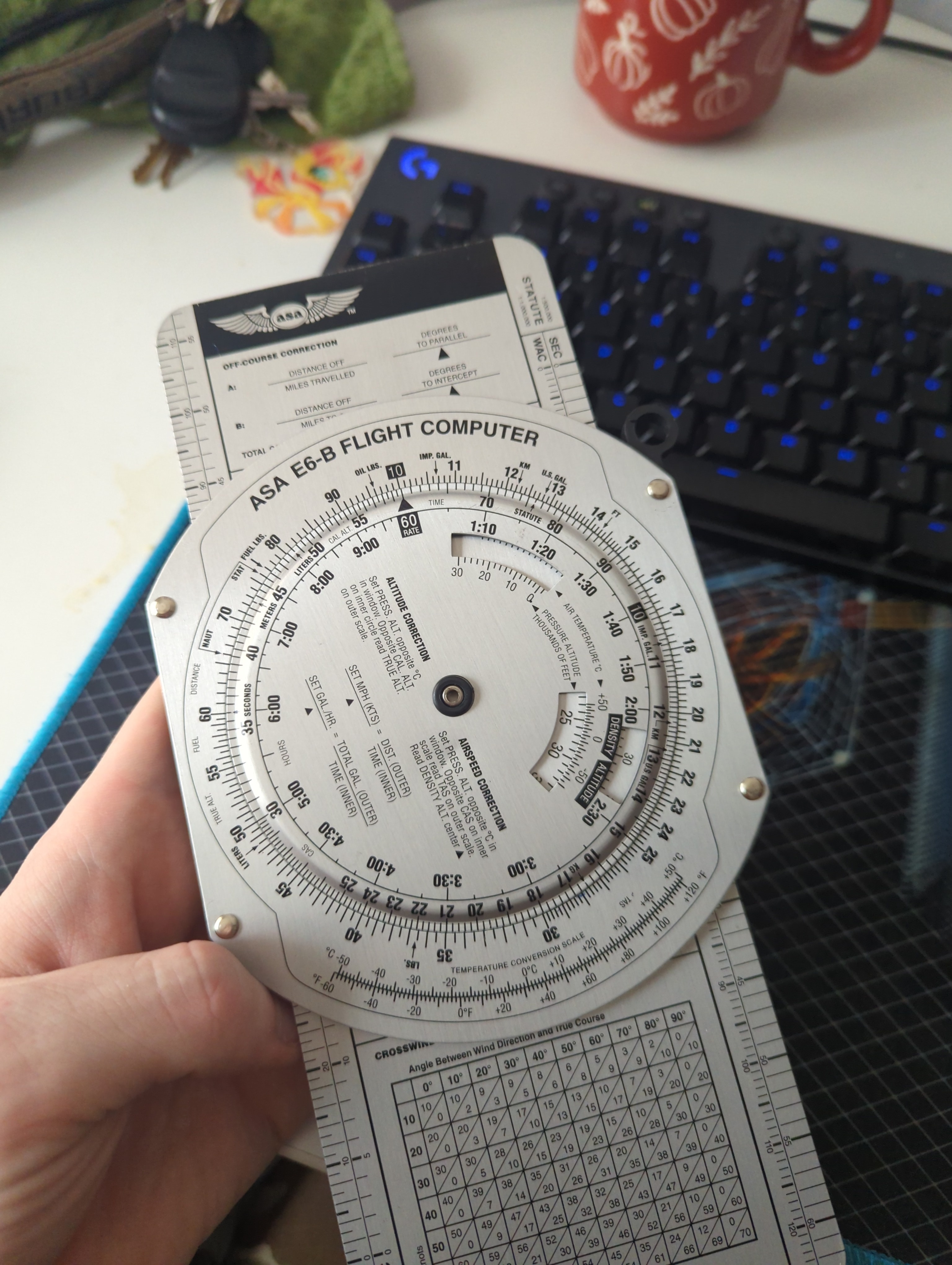this post was submitted on 11 Oct 2024
199 points (99.0% liked)
196
16574 readers
2136 users here now
Be sure to follow the rule before you head out.
Rule: You must post before you leave.
founded 1 year ago
MODERATORS
you are viewing a single comment's thread
view the rest of the comments
view the rest of the comments

Not just ANY calculator. But something that will literally save your life when the electrics on the plane are blown and you need to get to that little airport via dead reckoning.
I wonder if we’ve semi automated some way to make arbitrary slide rules. Like some kind of software that you punch your functions into, or some table of info to be interpolated, and it lines everything up.
This is how a lot of maths is already done by computers. For example, it's basically impossible to get a computer to do an integral of an arbitrary function, but there are a lot of methods to approximate the answers. And that's mostly by using "slide rule" methods of approximately getting the right answer. The computer just does it fast with smaller intervals than you'd do manually.
There's a bit of a difference though between those computer driven iterative digital numerical methods and an analog continuous geometric object. It's like comparing pixel density and film grain. At a fine enough precision they become difficult to distinguish, but they are not the same. You could definitely use iterative methods to build a "continuous" solver at an arbitrary precision. We pretty much have to do it that way for any signficantly complex function.
Sorry, this comment got away from me and feels kind of incoherent now. I'm just trying to say that analog and iterative digital methods have subtle differences that one should remain aware of.